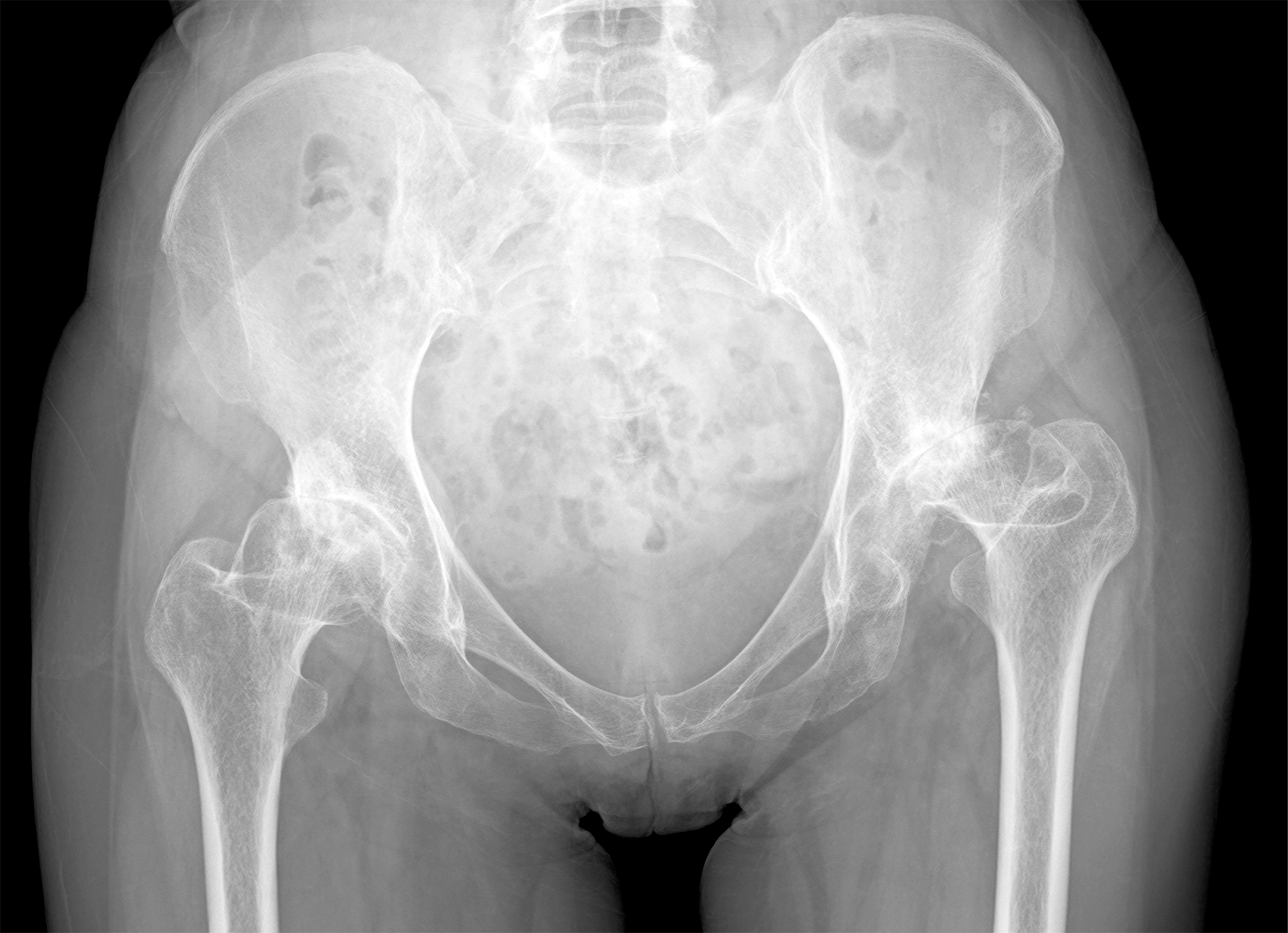In this post, Deputy Editor for Social Media Matt Schmitz discusses a study by Sato et al. now available in JBJS.
Developmental dysplasia of the hip (DDH) is a known risk factor of hip osteoarthritis (OA), causing deterioration of the hip joint at younger ages. In a new study in JBJS, Sato et al. describe the life course epidemiology of hip OA in adolescents and adults in Japan. Furthermore, they explore its association with exposure to a 1970s nationwide education campaign for the prevention of DDH in infants.
Access the study at JBJS.org, along with an Author Insights video discussing the investigation:
Life Course Epidemiology of Hip Osteoarthritis in Japan. A Multicenter, Cross-Sectional Study
As the authors note, the incidence of DDH in Japan has decreased; a program was initiated around 1972 to 1973 educating health-care workers and pregnant women to maintain the hips of newborns in a naturally “flexed-leg” position (vs. traditional positioning similar to swaddling), to allow for normal hip development. Makers of diapers and baby clothes, they write, were advised on design allowing infants’ hips and knees to move freely.
In their study, the investigators recruited patients presenting with hip pain to 12 major hospital systems within Japan to establish a cohort of patients with hip OA over the course of calendar year 2022. Through radiographic review, the researchers classified OA into 9 distinct etiologies: rapidly destructive coxopathy, Legg-Calvé-Perthes disease, slipped capital femoral epiphysis, trauma, skeletal dysplasia, hip dysplasia, femoroacetabular impingement (FAI), subchondral insufficiency fracture (SIF) of the femoral head, and primary OA.
- In total, 1,381 hips in 1,095 patients were included. The mean patient age: 63.5 years (range, 15 to 95 years).
- Overall, 795 patients (1,019 hips; 73.8% of hips) had OA secondary to DDH, and the percentage varied by age groups.
- A history of DDH treatment in childhood was identified for 9.4% of all hips (9.5% of patients). Using the method of a 20-year centered moving average, the authors found that approximately 13% to 15% of hips in patients born from 1963 to 1972 (aged 50 to 59 years at the time of the survey) had a history of DDH treatment in childhood. This represented a plateau. The percentage decreased in patients born in or after 1973.
- In the cohort of patients with OA secondary to DDH, the prevalence of severe subluxation was 2.4% (4 of 166 hips) in patients born in or after 1973 compared with 11.1% (95 of 853 hips) in patients born in 1972 or earlier. This was a significant difference (odds ratio, 0.20; p < 0.001).
Whether the DDH-prevention campaign decreased the overall rate of OA secondary to DDH cannot be determined from this study given its cross-sectional nature, which the authors acknowledge. Nonetheless, the apparent reduced need for treatment of DDH in infancy is noteworthy, as is the lower rate of severe subluxation (morphology that can make total hip arthroplasty challenging ) in those born in or after 1973.
The authors conclude that, “as of 2022, patients with secondary hip OA due to hip dysplasia still make up most new adolescent and adult patients with hip OA seen in core hospitals in Japan, possibly due to genetic factors. However, the perinatal education campaign initiated 50 years ago … may have improved the environmental factors associated with DDH.”
I commend the authors for looking at the long-term potential impact of an educational campaign on the epidemiology of a disease process such as DDH.
Read the full study and access the Author Insights video: Life Course Epidemiology of Hip Osteoarthritis in Japan. A Multicenter, Cross-Sectional Study
JBJS Deputy Editor for Social Media




